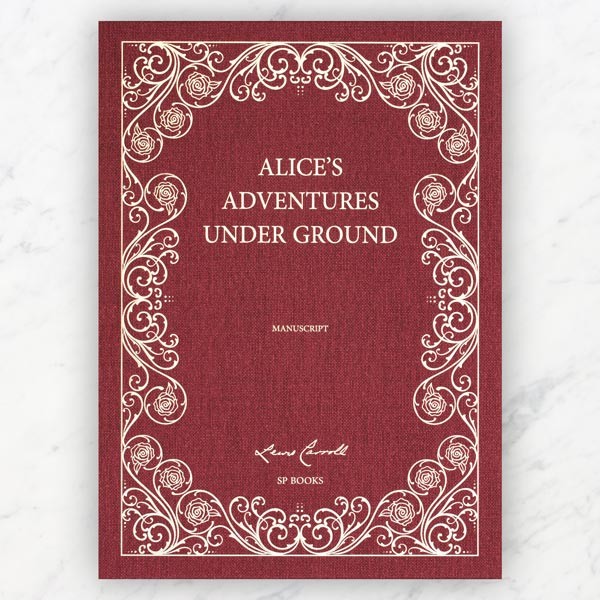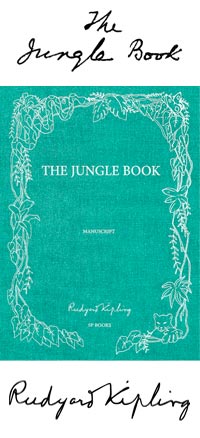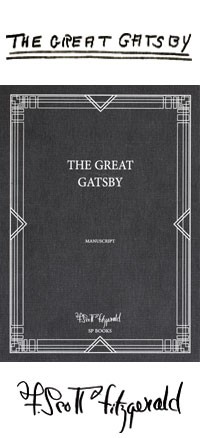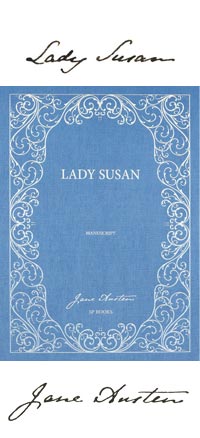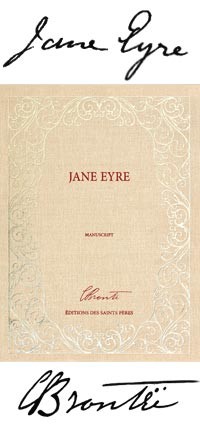Alice in Wonderland by Lewis Carroll
numbered from 1 to 1,000

Alice's Adventures in Wonderland, manuscript by Lewis Carroll
Lewis Carroll, known also by his real name Charles Lutwidge Dodgson, was both a professor of logic at Christ Church college, Oxford, an Anglican deacon and author of mathematical works on algebra. Yet it was in writing the extraordinary Alice’s Adventures in Wonderland that he finally let his vivid imagination run wild. Colourful characters unfold from Carroll’s pen on pages filled with his neat handwriting, which is conventional in comparison to the whimsical adventure he weaves: a talking mouse, a smoking caterpillar, a raging queen of hearts and an army of playing cards. At the centre of the tale is a little girl who grows and shrinks with every swallow or wish she makes, until she is no longer surprised to find herself playing croquet with a group of flamingos. The manuscript of Alice’s Adventures in Wonderland, originally titled Alice's Adventures Under Ground, marks the first exploration of both an extraordinary heroine and of a masterly writer.
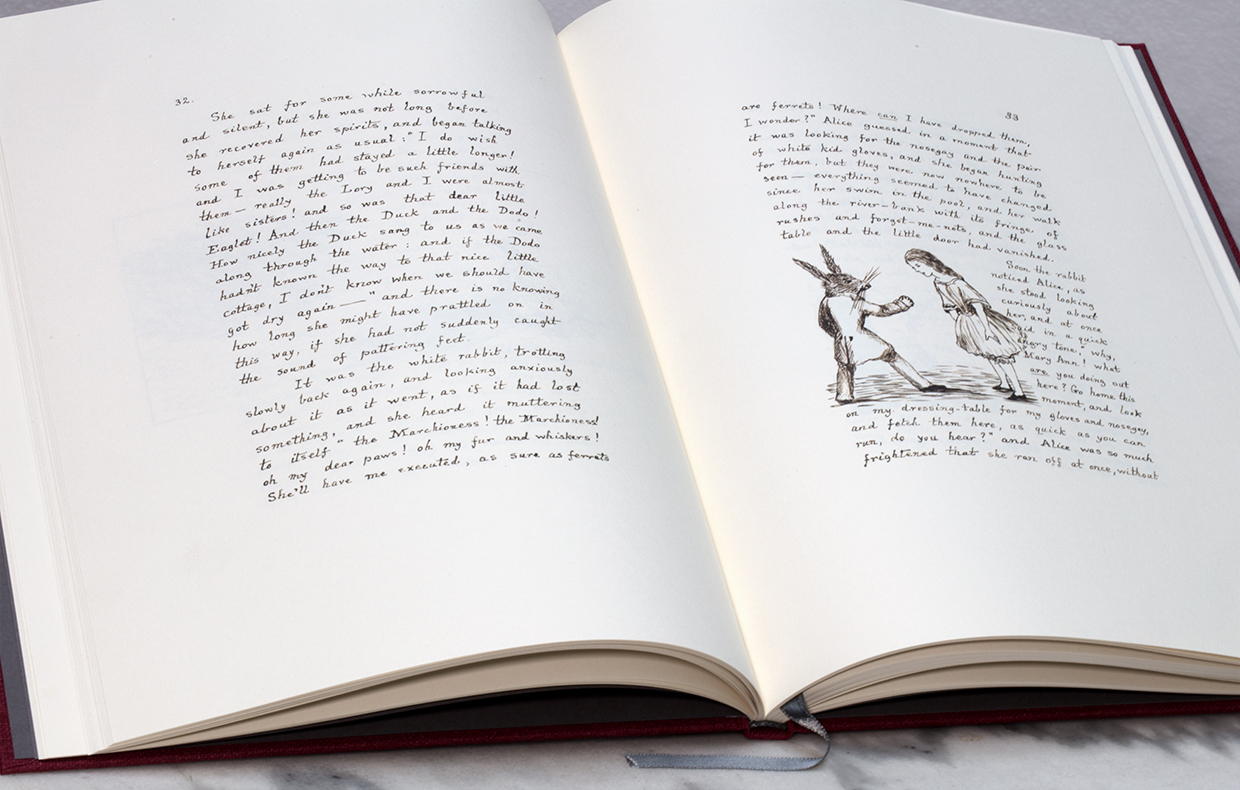
An unforgettable work of literature, written on the water
On 4 July 1862, a peaceful boating scene on the Isis river - a tributary of the Thames in north-west London - was to become the genesis of one of the most legendary novels in the history of literature. Aged barely thirty, Lewis Carroll was on the oars, rowing a teaching colleague and three little girls excited to be going for a sunny picnic. One of the three sisters was Alice, who would serve as the model for the best-selling tale three years later in 1865.
Alice, Edith and Lorina were the daughters of Henry Liddell, Dean of Christ Church college (University of Oxford), a celebrated Greek scholar and a friend and superior of Lewis Carroll. To amuse them, Carroll made up a story about a vivacious and curious child who abandons her dull and unimaginative lessons to chase a white rabbit. Alice proceeds to fall into a bottomless rabbit-hole leading to a mysterious realm filled with peculiar and hitherto unseen creatures. This was the Under Ground, which would later become wonderland.
An illustrated manuscript gifted to the real Alice
Alice was enchanted by the heroine of the tale who bore her name, and she and her sisters were blown away by the reach of Lewis Carroll’s imagination. Carroll himself was born into a family of eleven children and raised by an Anglican pastor. Deaf in one ear and suffering from a stutter, an austere manner concealed both his shyness and enormous creativity. From his teenage years he contributed to literary magazines, sharpening his particular interest in portmanteau words and nonsense. An equally talented director, he composed plays and once had a puppet theatre built by the carpenter in his family village.
After listening to Alice’s adventures, the youngest Liddell begged her friend to write it down and illustrate it. He wrote it out in a notebook embellished with 38 childlike drawings. His elegant handwriting relates the twists and turns of the plot, offering a portal through which children can escape. The drawings were seemingly done afterwards, and he then found a place for them within the pages. There were four chapters in total, written under the name Lewis Carroll.
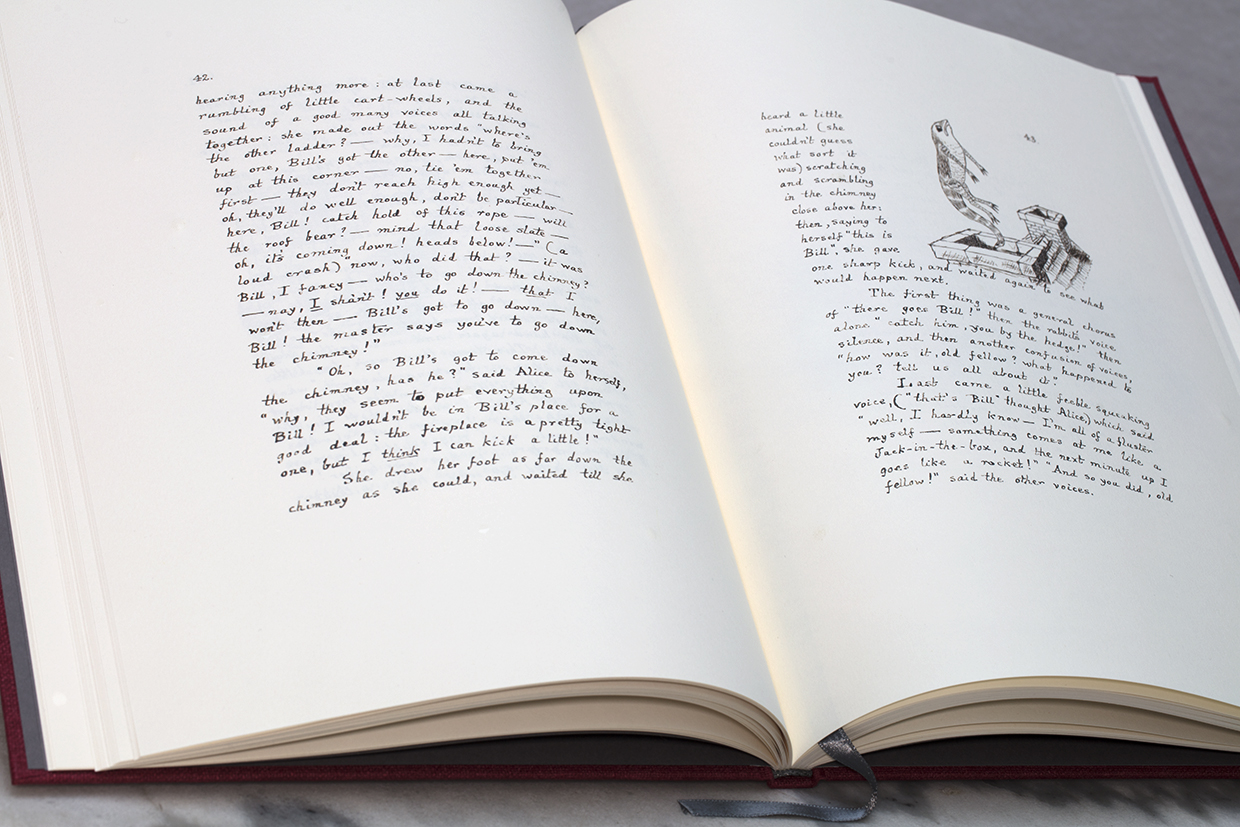
The first page of the manuscript is illustrated with a delicate floral box containing the title, while on the second page is written the following: “A Christmas Gift to a Dear Child in Memory of a Summer Day.” Carroll gave it to Alice in November 1864.
A remarkable bestseller
London-based publisher Macmillan & Co released the book in 1865 under the title Alice’s Adventures in Wonderland, with two extra chapters featuring scenes with the Cheshire Cat and the Mad Hatter’s Tea Party. Although Carroll’s drawings in the manuscript are exquisite, Macmillan wanted another artist to complete the illustration. Lewis Carroll settled on Sir John Tenniel, who took inspiration from the author’s sketches. The publication was an immediate success, so much so that the author continued Alice’s adventures with Through the Looking-Glass, and What Alice Found There in 1872, followed by The Hunting of the Snark in 1876.
Over 150 years later, Carroll’s work is still acclaimed by audiences young and old. The story has been adapted hundreds of times in film, theatre, television and cartoons. In 1998, a copy of the first printed edition sold for a record $1.5 million. There are only about twenty copies of the first 1865 edition left on the rare book market.
A document kept at the British Library
Due to financial difficulties, the adult Alice was forced to sell her treasured manuscript at Sotheby’s. An American collector purchased it for £15,400. However, a group of benefactors donated the manuscript to the British Museum in 1948, as a token of gratitude for Britain's role in World War II. A limited, large format, luxury edition hand-numbered from 1 to 1.000, each book is presented in a 14x10 inch slipcase, bound, and sewn using only the finest materials. The slipcase and cover ornamentations are gilt embossed, and the pages are printed using vegan ink on environmentally friendly paper.
Deluxe edition
Numbered from 1 to 1,000, this carmine red edition is presented in a large format handmade slipcase.
Printed with vegetal ink on eco-friendly paper, each book is bound and sewn using only the finest materials.
Mrs Dalloway: Thanks to a new reproduction of the only full draft of Mrs. Dalloway, handwritten in three notebooks and initially titled “The Hours,” we now know that the story she completed — about a day in the life of a London housewife planning a dinner party — was a far cry from the one she’d set out to write (...)
The Grapes of Wrath: The handwritten manuscript of John Steinbeck’s masterpiece The Grapes of Wrath, complete with the swearwords excised from the published novel and revealing the urgency with which the author wrote, is to be published for the first time. There are scarcely any crossings-out or rewrites in the manuscript, although the original shows how publisher Viking Press edited out Steinbeck’s dozen uses of the word “fuck”, in an attempt to make the novel less controversial. (...)
Jane Eyre: This is a book for passionate people who are willing to discover Jane Eyre and Charlotte Brontë's work in a new way. Brontë's prose is clear, with only occasional modifications. She sometimes strikes out words, proposes others, circles a sentence she doesn't like and replaces it with another carefully crafted option. (...)
The Jungle Book: Some 173 sheets bearing Kipling’s elegant handwriting, and about a dozen drawings in black ink, offer insights into his creative process. The drawings were not published because they are unfinished, essentially works in progress. (...)
The Lost World: SP Books has published a new edition of The Lost World, Conan Doyle’s 1912 landmark adventure story. It reproduces Conan Doyle’s original manuscript for the first time, and includes a foreword by Jon Lellenberg: "It was very exciting to see, page by page, the creation of Conan Doyle’s story. To see the mind of the man as he wrote it". Among Conan Doyle’s archive, Lellenberg made an extraordinary discovery – a stash of photographs of the writer and his friends dressed as characters from the novel, with Conan Doyle taking the part of its combustible hero, Professor Challenger. (...)
Frankenstein: There is understandably a burst of activity surrounding the book’s 200th anniversary. The original, 1818 edition has been reissued, as paperback by Penguin Classics. There’s a beautifully illustrated hardcover, “The New Annotated Frankenstein” (Liveright) and a spectacular limited edition luxury facsimile by SP Books of the original manuscript in Shelley's own handwriting based on her notebooks. (...)
The Great Gatsby: But what if you require a big sumptuous volume to place under the tree? You won’t find anything more breathtaking than SP Books ’s facsimile of F. Scott Fitzgerald’s handwritten manuscript of The Great Gatsby, showing the deletions, emendations and reworked passages that eventually produced an American masterpiece (...)
Oliver Twist: In the first ever facsimile edition of the manuscript SP Books celebrates this iconic tale, revealing largely unseen edits that shed new light on the narrative of the story and on Dickens’s personality. Heavy lines blocking out text are intermixed with painterly arabesque annotations, while some characters' names are changed, including Oliver’s aunt Rose who was originally called Emily. The manuscript also provides insight into how Dickens censored his text, evident in the repeated attempts to curb his tendency towards over-emphasis and the use of violent language, particularly in moderating Bill Sikes’s brutality to Nancy. (...)
Peter Pan: It is the manuscript of the latter, one of the jewels of the Berg Collection in the New York Public Library, which is reproduced here for the first time. Peter’s adventures in Neverland, described in Barrie’s small neat handwriting, are brought to life by the evocative color plates with which the artist Gwynedd Hudson decorated one of the last editions to be published in Barrie’s lifetime. (...)











